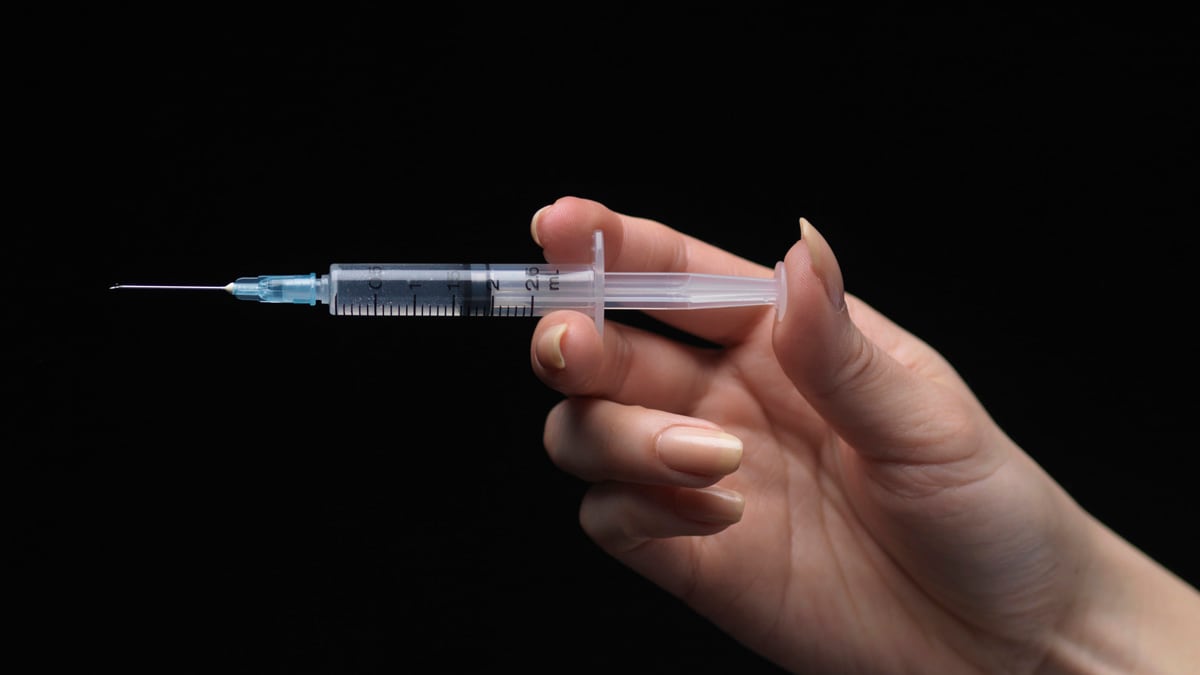It used to be a transgender thing. For Ruby Corado, a night out in her 20s meant strapping on a prosthetic posterior, stuffing her bra with toilet paper, and scrambling to keep her fake assets in place. Meanwhile, her silicone-plumped friends moved freely on the dance floor. One evening in 1999, her transgender club hosted a beauty pageant. After a parade of voluptuous trans women worked the crowd, a man named “Jose” took the stage to pitch the product he said could give anyone the same seemingly perfect body. Corado was sold.
She knew it was dangerous. Pumping mostly took place at seedy motels. But Corado was impressed by Jose, who set up shop at the Four Seasons. He claimed he was a nurse in Cuba and had worked with plastic surgeons, “and I believed it,” Corado said. Jose numbed her skin with cream and anesthesia before injecting eight “huge” needles into her rear. “It felt like bubbles going in, it hurt like crazy,” Corado said. “But when I looked in the mirror it was insane. I looked at myself and smiled. I got hooked.”
Now in her 40s, Corado’s silicone hips have migrated to her thighs and her once-juicy booty is hard and sensitive to the touch. Her immune system is weak, but she knows her symptoms could be much worse.
Thirteen years later, illegal butt pumping is not just for transgenders anymore. The rising demand for the derriere extraordinaire has driven desperate people to put their lives in the hands of anyone wielding a needle—often unaware of the toxic concoction inside. Alongside disturbing images of overly inflated rear ends, a number of injection-related death sagas have blown up in the mainstream media over the past several months, exposing the little-known world of illegal butt injections.
Vanity Wonder, 30, has had hundreds of butt and hip injections to achieve a more Kim Kardashian–like backside. Even when an infection left her with a raging fever, her bum bulging like a “bag of oranges,” she was too ashamed and afraid to tell her doctor. “You feel stupid for doing it in the first place, and you know that it’s illegal,” she told The Daily Beast.
Transgender women like Corado have long made up the majority of black-market silicone seekers, but now more and more young, African-American women are pursuing the procedure. Having once shied away from and even denounced plastic surgery, black women are embracing it now more than ever, according to the American Society for Aesthetic Plastic Surgery (PDF). At the same time, pop culture has gone from accepting curves to obsessing over them.

The appeal of a fuller behind isn’t necessarily race-specific, of course, “but with African-American women, the framework is already there. They’re curvy on the bottom by nature,” said Dr. Lisa Ginn, an African-American dermatologist. “Now something I was born with that, for years, I was told was not the ideal body type, men love. Everybody loves it.”
This was certainly how Wonder and her friends got hooked. “Women are fueling this problem,” she said. “They’re not asking any questions. They’re not asking for real names. They’re not asking if the needles are clean. As long as guys tell them they’ve got a nice body, they’re going to do anything it takes.”
Before Wonder kicked the habit for good in 2011, she assisted a “shot girl” for nearly a year and a half. Her clientele varied in profession—gospel singers, police officers, and even nurses—but she still saw a trend. “White women wouldn’t want it to be as big,” she said. “But black girls would just go all out.”
When it comes to buying curves, too many young women just don’t know the risks. And when they can plump their posteriors for as little as $300 a session, instead of shelling out $12,000 for butt lifts or implants, why not go for the back-alley shots?
“Plastic surgery is no place for bargain shopping,” said Dr. Malcolm Roth, president of the American Society of Plastic Surgeons. “These women may think they’re saving money upfront, but the price to fix a mistake could cost them everything.” In some cases, Roth said, amputation is the only solution to “fixing” horrible infections or deformities. For others, a cut-rate procedure could be fatal.
Wonder knows she’s one of the lucky ones. She loves her body and doesn’t regret the injections—not yet, at least. She may face complications down the road, which is why she included a picture of her once-lumpy backside in her book, Shot Girls. “Girls look at me now and they just want my body. They can’t separate the message from the messenger. I want them to know that just because I lived through it doesn’t mean they will, too.”







